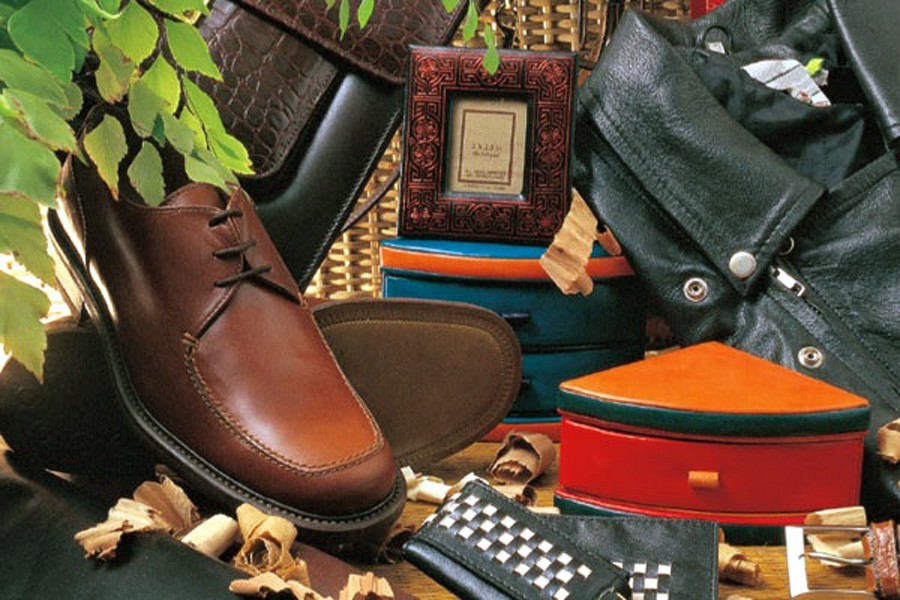Prime Minister Sheikh Hasina's announcement that her government has a plan to set up two more leather industrial estates --one each in Rajshahi and Chittagong--reflects the importance the government attaches to the development of the industry. The plan is indeed big in that the country is eying to earn $5.0 billion from the sector by 2021 when its total export target is going to be $60 billion. This means one-twelfth of the foreign exchange may come from the leather sector by that time. Currently, the sector earns 1.54 per cent of the total foreign exchange earning with an average annual growth of around 29.8 per cent. By all accounts, the growth is already commendable but it will go up many folds when two more leather industrial estates will start operating. Even the lone estate at Savar is yet to go for its optimum production capacity. Indications, therefore, are clear that the country, if it can exploit its potential, will be a leading player on the global scene of footwear and other leather goods.
The introduction of modern machinery and technology has certainly enhanced the capacity of production and quality of products. However, not all leather factories have opted for the technological transformation. The delay in relocation of leather factories from Dhaka's Hazaribagh to Savar has not helped the cause. Even the Savar leather estate still faces numerous problems, disposal of solid waste and the failure of the central effluent treatment plant to run to its potential being the principal ones. The hope that the environment of the new location will ease the many mismanagement and problems facing the factory workers has not yet materialised. Additionally, a number of tannery units have allegedly started polluting the Dhaleswari River in the same way they did the Buriganga earlier.
Clearly, there is a gap between the lips and the cup. Now that the Leathergoods and Footwear Manufacturers and Exporters Association of Bangladesh (LFMEAB) has become a member of the Confederation of International Footwear Association (CIFA) and is privileged to host the 36th International Footwear Conference (IFC) 2017, the event will provide the required impetus to bring its house in order. The government intention is clear and with support from some of the technologically leading members of the CIFA, Bangladesh tanners can take the industry several steps forward by the deadline set for earning $5.0 billion from the sector. The theme of the conference, 'Think Ahead, Think Bangladesh' is the right approach for the purpose.
Now the greatest challenge will come from the environmental concern. No industrial development can be made at the cost of environment of this tiny land. It has to be sustainable development all the way. The Savar tannery estate did not have an auspicious beginning. If such lapses cannot be taken care of, foreign investment, one of the key components, and technology transfer will be hard to come by. The zero-tariff incentive as offered for foreign investors will be a temptation but it has to be complemented by further facilitation of working environment.


